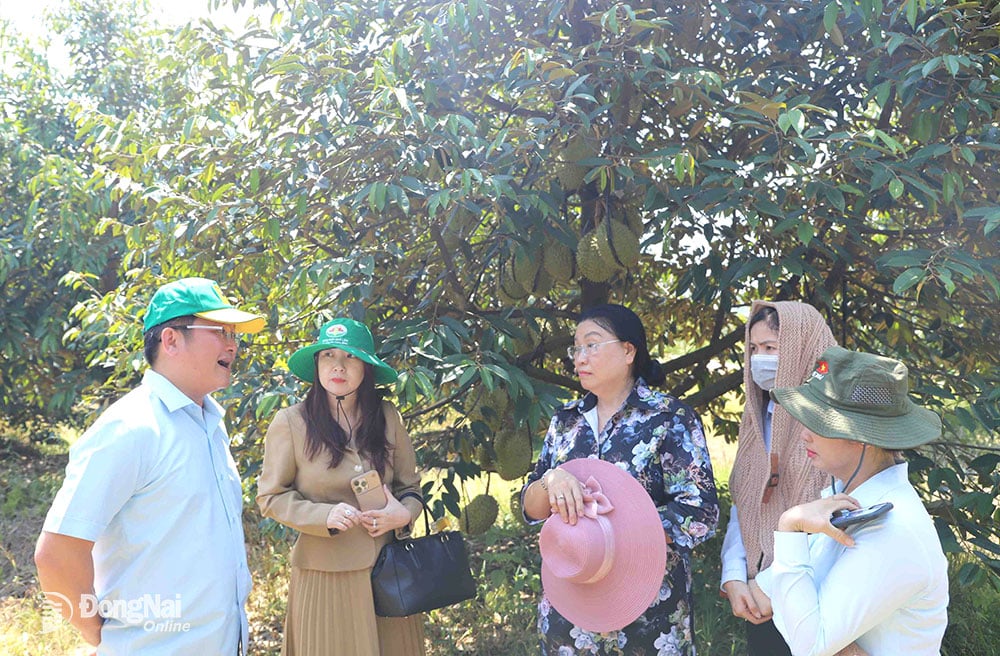 |
| Export enterprises visit durian growing areas in Phu Son commune, Tan Phu district. Photo: B.Nguyen |
According to export enterprises, the durian export market is being tightened by technical barriers, so the export quantity is decreasing. Therefore, the domestic durian price has dropped sharply, making it difficult to find traders to buy.
Export congestion
According to the Vietnam Fruit and Vegetable Association, the export turnover of fruits and vegetables in the first quarter of 2025 reached 1.14 billion USD, down 11.3% compared to the same period in 2024. Of which, durian exports decreased sharply. In the first 2 months of 2025, the export value of durian reached more than 52.7 million USD, down 69.4% compared to the same period last year. Exports to China alone decreased by 83%, to only 27 million USD. Durian, from the leading export position, now falls to 3rd place, after dragon fruit and banana.
After 2 years of strong growth in durian exports to China, since the beginning of the year, durian exports to China have begun to tighten all regulations, from controlling growing areas, packaging facilities to food safety inspection.
| The Provincial Farmers' Association has just coordinated with the Department of Agriculture and Environment, and the Tan Phu District Farmers' Association to organize a program connecting durian growing areas with durian exporting companies in Ho Chi Minh City. According to the Chairman of the Provincial Farmers' Association NGUYEN HUU NGUYEN, the connection between exporting and product testing enterprises with the province's durian growing areas aims to find solutions to the problem of sustainable output for durian. |
Director of Thinh Bach Import Export Company Limited (in Ho Chi Minh City) Tran Thi Thanh Dung said that the company is producing fresh, frozen and processed durian. In the 2025 export season, the Chinese market ordered the company 1,000 containers of fresh and frozen durian, and the company has exported about 300 containers of fresh durian. Recently, the company has been looking for raw material areas to boost exports. The paradox is that export companies have difficulty finding raw material sources, but in many durian growing areas in the Southwest, durian prices have dropped and it is difficult to find traders to buy because they do not meet the export criteria.
Currently, China applies a policy of inspecting 100% of durian shipments and requires additional inspection certificates for cadmium and yellow O. The inspection centers for these two substances must be recognized by China. Meanwhile, there are currently very few qualified inspection centers. Therefore, the market has seen the appearance of "brokers" providing inspection services, pushing up inspection costs. This has greatly affected durian export activities because it prolongs customs clearance procedures, increases the risk of damage to goods, and forces many containers of exported durian to return to domestic consumption at low prices.
Many violations in growing areas and export packaging facilities
According to Nguyen Van Tam, Director of Viet Tin Analysis and Testing Company Limited (in Ho Chi Minh City), there are 3 main causes of cadmium contamination in durian: this substance is available in the soil in some areas where this substance accumulates a lot, due to fertilizers and after the accumulation process, this substance is available in durian trees. With yellow O, many people think that the contamination is due to dipping or spraying chemicals. However, yellow O does not remain in the soil; it is an external dye, found in pesticides and fruit dipping chemicals.
Currently, testing durian fruit is only solving the tip of the iceberg. It is necessary to test the roots, soil samples, fertilizers, pesticides, and the inside of the tree. Before using any product, farmers should test that substance to ensure that no prohibited substances are introduced into the soil or tree.
Ms. Tran Thi Thanh Dung said that the company hopes to build raw material areas that meet export standards. Therefore, the company is willing to cooperate with farmers to share information about the Chinese market. Recently, there has been a situation where export enterprises buy from one place but attach the growing area code to another place. Therefore, when a problem occurs, the growing area code will be suspended, and the main loss is the farmers. In addition, some gardeners cut young durian, which also affects the quality. While Thai durian is not as delicious as Vietnamese durian, it exports well to the Chinese market because it is done to standards at every stage. Currently, the Vietnamese durian industry must reorganize and achieve quality from planting, harvesting, packaging, etc.
Deputy Head of the Department of Cultivation, Plant Protection and Irrigation (Department of Agriculture and Environment) Tran Thi Tu Oanh shared that the whole province has only been granted 41 growing area codes with about 2 thousand hectares.
In addition, the province has about 40 durian growing area codes and durian packing facility codes for export that have been sent to the Department of Cultivation and Plant Protection (Ministry of Agriculture and Environment) to be transferred to the General Administration of Customs of China to wait for the code to be issued. Currently, the durian growing area with a code to be issued is still very low compared to the total durian growing area of the province. Currently, the durian growing area of the province is more than 12 thousand hectares.
Binh Nguyen
Source: https://baodongnai.com.vn/kinh-te/202504/trung-quoc-siet-chat-quy-dinh-ve-nhap-khau-sau-rieng-29c3eb0/




![[Photo] Mass parade to celebrate 50 years of national reunification](https://vphoto.vietnam.vn/thumb/1200x675/vietnam/resource/IMAGE/2025/4/30/825e459ee2f54d85b3a134cdcda46e0d)


![[Photo] Panorama of the parade celebrating the 50th anniversary of the Liberation of the South and National Reunification](https://vphoto.vietnam.vn/thumb/1200x675/vietnam/resource/IMAGE/2025/4/30/affbd72e439d4362962babbf222ffb8b)


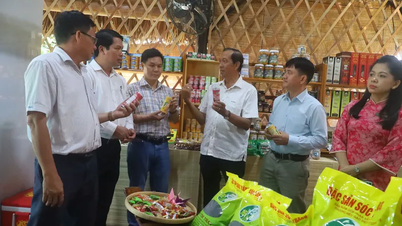
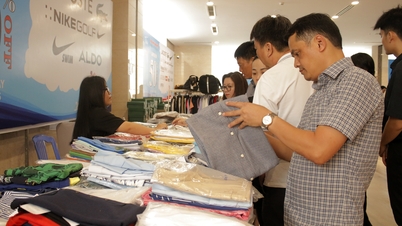
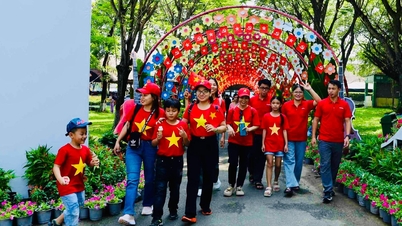
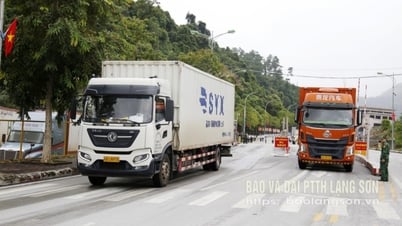
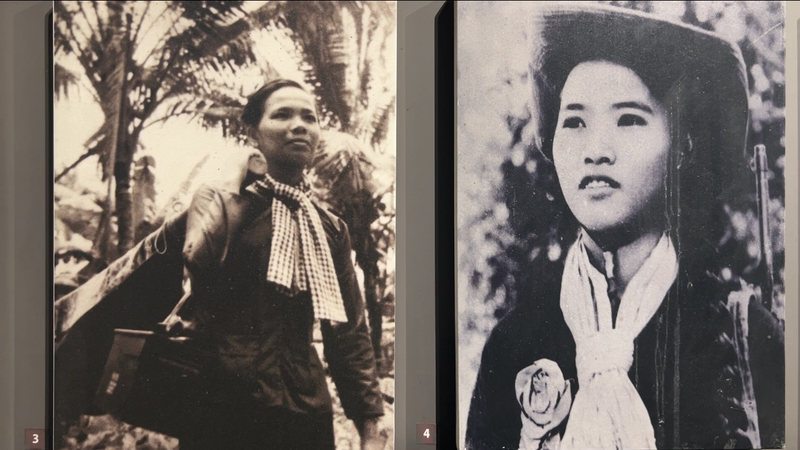



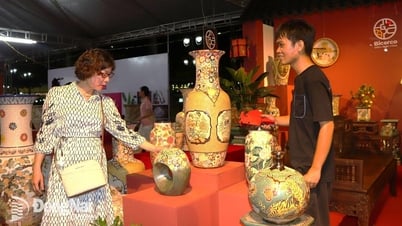
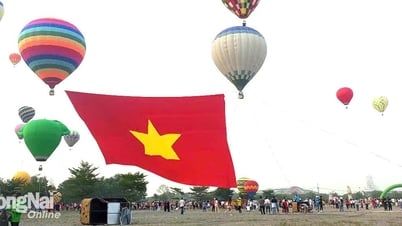
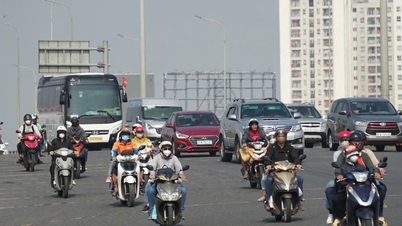


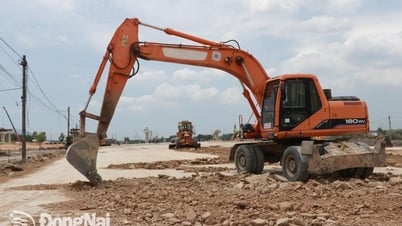
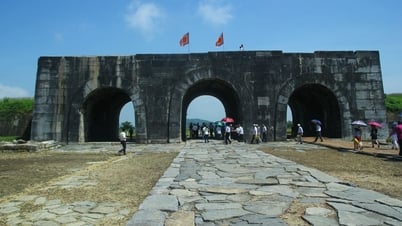



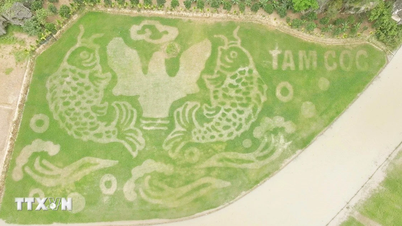



























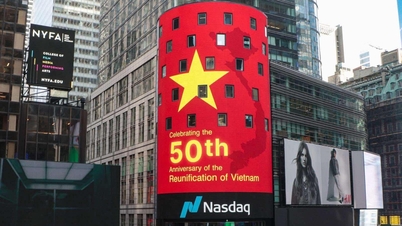

















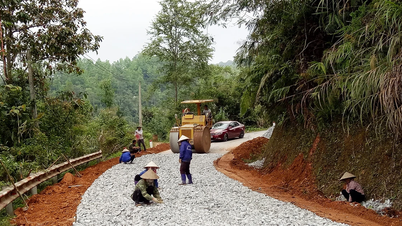
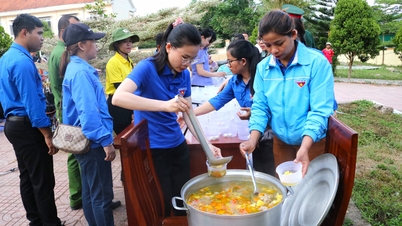


















Comment (0)